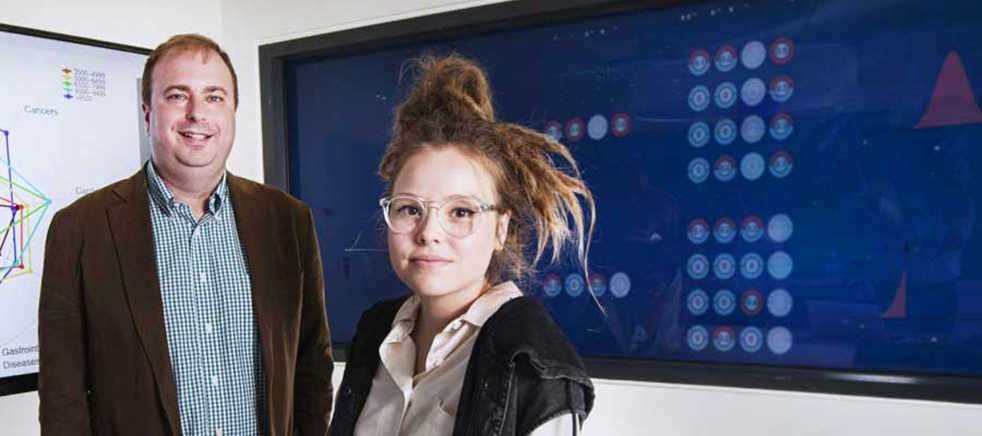How has human health changed over the ages?
While it is not possible to travel back in time to test ancient populations, researchers at Tech did the next best thing: study the DNA of their remains.
A three-person team in the School of Biological Sciences examined the genomic health of 147 early hominins who lived thousands of years ago, including that of famous samples such as the 50,000-year-old Altai Neandertal and the 5,300-year-old Otzi the Iceman.
Their results suggest that although disease alleles in the human genome have been steadily dropping out over the millennia, reducing our risk for diseases like cardiovascular disease, there has also been a recent uptick in genetic risk for cancers and neurological diseases.
However, their conclusions are not set in stone (unlike where their samples came from). That is because the research relies on the proper reconstruction of genetic data thousands of years old.
“The biggest issue we had to deal with was the fact that many genomes from ancient humans are incomplete,” said principal investigator Joe Lachance, assistant professor and corresponding
author of the study.
After the group initially downloaded all of the 449 publicly available genomes of ancient hominins, they discarded two-thirds of those genomes because they contained less than fifty percent of the disease gene loci.
Even the genomes they kept for analysis had significant gaps, and to make analysis harder, the holes in the data did not match up: different individuals were missing different parts of their genes, each genome like a jigsaw puzzle with several lost pieces.
“This meant that it was trickier to make comparisons between individuals,” Lachance said. “The way we solved this problem was by comparing each ancient genome to modern genomes — masking out the missing parts in modern genomes.”
After filling in the holes, the group computed the standardized genetic risk score (GRS) for each reconstructed genome, allowing them to make direct comparisons between the genomic health of individuals who lived across distinct time periods and lifestyles. For example, the group found that ancient pastoralists may have fared better than hunter-gatherers or farmers.
The GRS data also challenges the common idea that our genes have deteriorated over the millennia. On the contrary, on the long-term scale, genomic health has clearly and strongly improved.
All of this makes it even stranger to see that our modern genes appear much worse than our ancient ancestors.
Because of the lack of studies on changes in the human genome over the last millennium, it is difficult to determine whether the uptick in disease alleles was a fluke or a real trend.
“I actually think the strong genomic health of recent samples is likely to be due to the fact that our set of known disease alleles is missing alleles that existed in the past only to be lost by natural selection,” Lachance said. “This means that all of our estimates of ancient genomic health might need to be shifted a bit to the right … they are worse off than we are predicting.”
Evolution might have been so effective that it simply knocked out multiple disease alleles altogether, which is good for humanity, but less than ideal for researchers like Lachance and his collaborators who are trying to use changing genes to help peer into the past.
“That said, there is still the case that modern lifestyles are causing alleles that used to be deleterious to not have much of an effect,” Lachance added.
